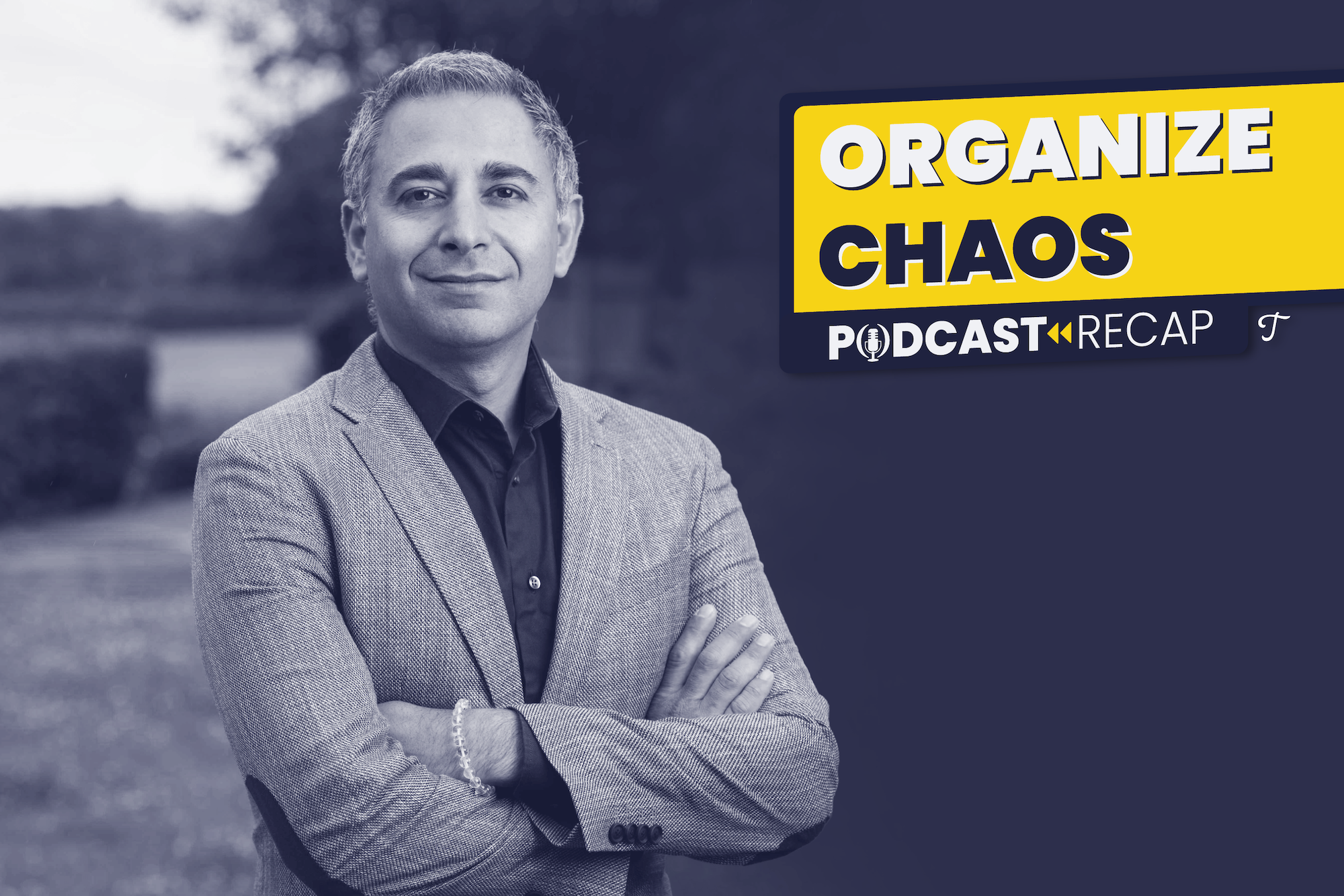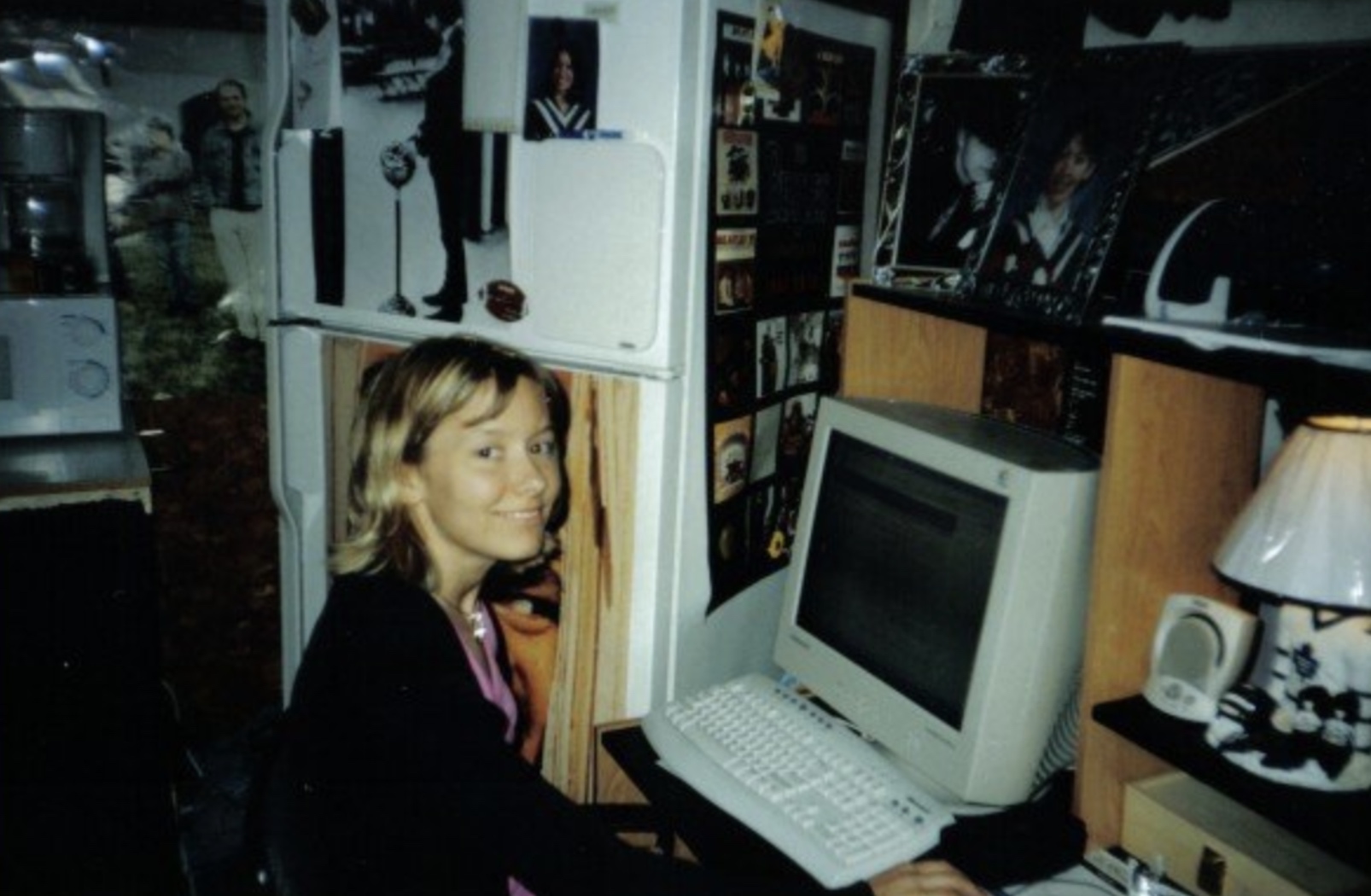
Articles
5 Expert Tips for Hiring Global Employees
August 19, 2022

Companies that embrace remote work can hire employees from across the country and have access to a larger talent pool than ever before. But what if those same employers opened their job opportunities to the world?
Meet Tony Jamous, CEO and co-founder of Oyster, a global employment platform that removes the barriers of remote work and distributed hiring. He believes remote work can fix global inequality, and he’s on a mission to help all employees make the world their “oyster.”
Tony recently joined us on the “Organize Chaos” podcast to discuss how remote work can fix global inequality. And in this episode, he also shares five tips for companies that want to leverage a globally distributed workforce:
1. Be aware of biases and fears.
First and foremost, Tony suggests recognizing that we all have internal biases that prevent us from hiring globally. “It's part of human nature [to have biases],” Tony explained. “And secondly, we’re all afraid of the unknown.”

But that shouldn’t hold you back from global employment.
“There are over 90 million unfulfilled jobs in the West [that are] mostly knowledge work,” Tony explained. “At the same time, you have 1.5B knowledge workers coming into the global workforce in the next ten years.” Put simply, if your company removes the barriers to remote or flexible work, you can leverage and tap into this global talent pool.
Tony also says it’s easier to hire international employees than ever before. That’s because the pandemic forced many companies to already adapt to remote work. And now, with software solutions like Oyster, employers have instant access to the infrastructure for global hiring.
“I don't see any version of the future that doesn't include [global employment].” – Tony Jamous, CEO and co-founder of Oyster
2. Set up asynchronous communication.
Asynchronous communication is communication that doesn’t happen in real-time. It’s often associated with software platforms — including Basecamp, Asana, or Monday — and Tony says it’s one of the most essential tools for making global work possible.
Asynchronous [communication] enables people to work across time zones and access the data [they need] to be effective.
Plus, if there are language barriers, asynchronous communication makes it possible for all employees to collaborate. “[When work happens asynchronously], written language becomes more important than spoken language for most employees,” Tony explained.
That’s because global employees can easily translate what they need to share and post it to the asynchronous platform. Plus, they can go beyond text and even post screenshots or screen recordings to get their point across.
3. Provide the tools and the rules.
Because a global workforce works across time zones, it’s crucial to lay guidelines that keep everyone successful and on the same page. “We've developed our own way of working together by giving [employees] the tools and the rules,” Tony shared. Or in other words, they give employees access to documentation and training.
Oyster calls this documentation “Follow the Sun,” and it shows employees everything they need to know to be successful in their jobs. For example, Tony says they list all their communication tools — like Slack or Zoom — and describe how and why to use each one.
“[We take] our internal documentation as seriously as our external documentation to customers,” Tony explained. They’ve even gone as far as to develop Oyster Academy, an internal training program (that’s also available to anyone) to improve their remote working skills.
4. Assign pay based on the cost of living (but offer equal equity).
Tony says the major challenge for global employers is “the accuracy and availability of [compensation] data.” That’s because employers need access to cost of living information, specific laws around seniority pay, and other local requirements to pay global employees fairly. But frequently, this data is hard to find or out of date.
Oyster solves this problem by providing an employment cost calculator. “We [use] data to predict how someone in any given geography, and at any given role and experience will get paid,” Tony shared. This way, companies can quickly look up any role and know exactly how much they should pay each employee.

For Tony, compensation transparency and fairness go beyond helping employers to hire a distributed workforce. It’s also about providing a gateway to better pay worldwide, which leads to less global inequality.“[A distributed workforce] can dictate a much higher salary than if they work for local companies,” he explained. And Tony believes this contributes to more equal pay.
“The more people can effectively work from anywhere, the more you will see an equilibrium [of global income].”
5. Don’t confuse performance with employees’ presence.
Finally, Tony suggests that employers ditch our inherited work mentality that was formed during the industrial revolution. “[When you work in a factory], you fear that if people aren’t present in their seat, they're not being productive,” he explained. But now, we confuse performance with presence.
Tony says this misconception leads many leaders to lose trust in their employees when they’re not physically there. But this lack of autonomy often destroys productivity because it leads to toxic work culture and unengaged team members.
“[Employers] need to look at the data,” Tony explained. “[Because] it shows the vast majority of people want flexible work and the freedom to work from anywhere.” That means the best talent (no matter where they’re from) will gravitate toward companies that offer remote opportunities.
“People want to work for companies that give them the flexibility and freedom to work from where they want [while] empowering and enabling them to be successful no matter where they are.”
Hiring a global workforce might sound intimidating if you don’t know what you’re up against. But with the help of companies like Oyster — and these five easy tips — you can hire a distributed workforce in no time.
Similar Blog Posts










